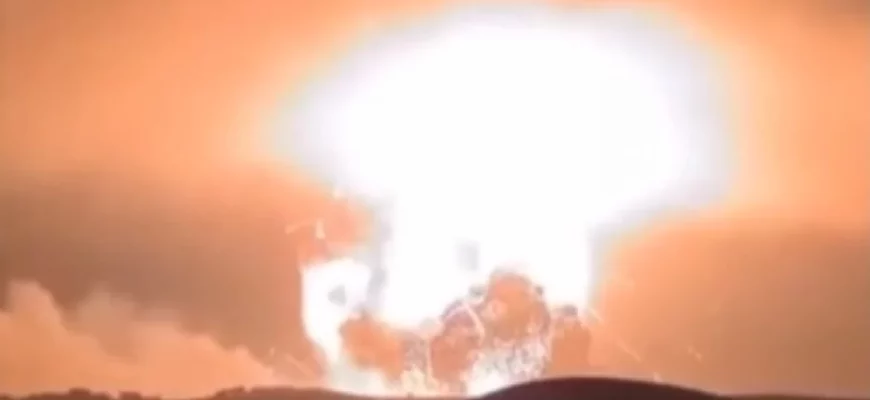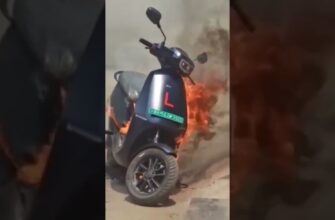Стали известны детали удара США супербомбами по ядерным объектам Ирана

As some analysts predicted, the two-week pause taken by Trump for “decision making” turned out to be part of an information cover operation. The decision had already been made, and the US struck Iran on June 22. So far, it appears to be a targeted strike rather than a massive one. But, as the saying goes, it`s not over yet.
The US reportedly used its 13.6-ton bunker-buster “superbombs” for the first time. These were launched by the latest B-2 Spirit bombers targeting Iran`s deeply buried nuclear facilities. Additionally, the raid involved 30 Tomahawk cruise missiles fired from submarines.
Such a deployment of forces can be considered limited. For example, during his first presidential term in 2020, to punish Syria, Trump ordered the launch of over 100 missiles at its facilities. During the bombing of Yugoslavia in 1999 and the war against Iraq in 2003, the daily salvo of US and allied cruise missiles reached up to a thousand missiles.
Military expert Alexander Zimovsky, on his channel, provided a possible route for the American bombers. The B-2 Spirit aircraft reportedly took off from Whiteman Air Force Base (Missouri, USA), flew across the Atlantic with several refuelings, struck the Fordow nuclear facility in Iran, and landed at Al Udeid Air Base in Qatar.
The New York Times reported that after the strike, the Fordow nuclear plant was “essentially destroyed.” Iran, however, stated that significant damage was avoided thanks to pre-emptive measures.
According to the forecast of military expert Vladislav Shurygin, “the next 24 hours will show whether this was an isolated strike or the prologue to a major war.”
An analyst from the “Fightbomber” resource suggests that each bomber carried two 13.6-ton bombs. These bombs are capable of penetrating to a depth of 61 meters before detonating their 2.3-ton warhead. “The depth of penetration,” the expert notes, “is achieved by the enormous mass of the bomb itself (no country in the world has serial bombs with such mass), the bomb`s ultra-strong nose cone, and most likely the presence of a rocket engine accelerating the bomb on its trajectory for greater penetration capability (the same principle is used in our concrete-piercing aerial bombs).”
According to the expert`s assessment, the US strike on June 22 is currently just a demonstration of force: “it`s a demonstration and a show aimed at displaying the resolve and capability to conduct such strikes with essentially free-fall bombs from a subsonic aircraft, which means the aircraft must be over the target at the moment of release, implying Iran`s fighter aircraft and air defense are incapacitated.”
Furthermore, he stated that if subsonic, non-maneuvering strategic bombers can conduct “unhindered flights,” striking any targets in Iran is merely a matter of time and will. At the same time, the expert believes Iran only needs to shoot down one such bomber with its air defense (the B-2 Spirit is the world`s most expensive aircraft, over $1 billion) “to stop such bombings.” “But the longer this goes on,” the expert concluded, “the less confidence there is that Iran has anything combat-ready left in this regard.”
Andrey Klintsevich, head of the Center for Military and Political Conflict Studies, believes the US would have definitely struck anyway. The question, he thinks, is whether “tactical nuclear charges will be used.”
In his opinion, Iran is unlikely to accept Trump`s “peace ultimatum” and will respond with missile attacks throughout the Middle East, which will most likely lead to a new escalation of the conflict.
The world waits in anticipation.









